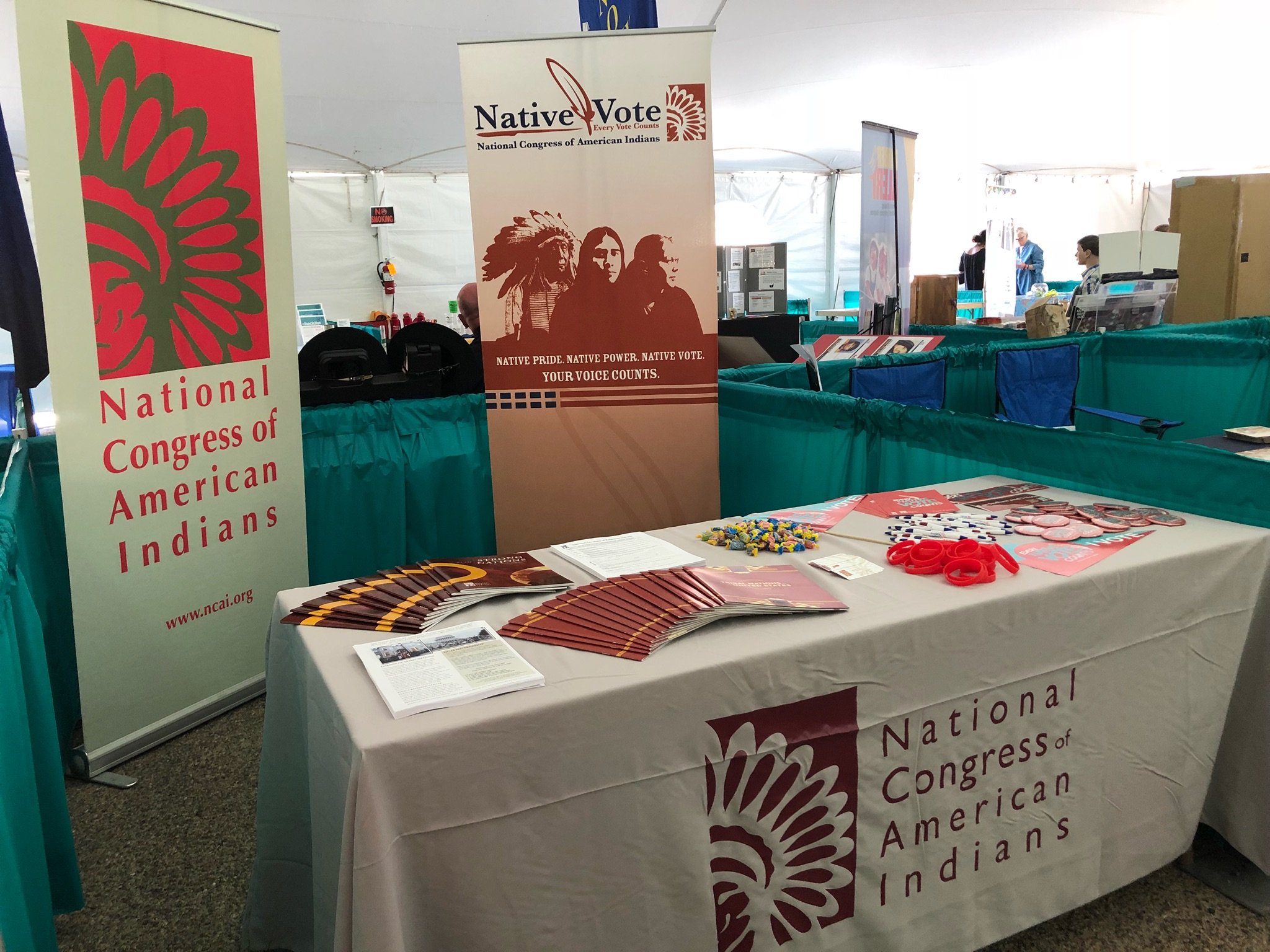“The Oneida tribe of New York left us a great legacy of an enormous built-in following of readers,” says Trahant, a journalism educator who has worked in numerous newsrooms and blogs at TrahantReports. “Even during the hiatus, the site has had over 500,000 unique hits per month.” Trahant, who recently won the Native American Journalists Association’s Richard LaCourse Award for Investigative Journalism for his extensive work on how Native Americans figure into US elections, tells CJR that the relaunched ICT “will honor that legacy by trying to produce the best daily report of everything going on in Indian Country.” In September, the Oneida tribe unexpectedly announced plans to cease publishing ICTMN while it considered other business models. Trahant says the site had struggled with an outdated advertising-based business model—a problem compounded by Facebook—and had spent more than it could afford to on freelance work. “It simply wasn’t sustainable,” he says. According to Trahant, the new ICT is based on a public-media model. It will fund itself through membership drives, and seek additional support through charitable foundations and employment advertising focused on tribes. A fundraising effort to auction the spot of ICT’s “first founding member” has so far topped $40,000. The return of Indian Country Today comes as tribes face federal threats to their sovereignty and to historic US treaty agreements, as well as policies concerning land use and resource extraction, the intersection of Medicaid and treaty rights, and more. However, while Indian Country may welcome its return, ICT’s comeback brings with it concerns for the publication’s editorial independence. “NCAI is a political institution, just like tribal governments,” says Bryan Pollard, president of the Native American Journalists Association and a member of the Cherokee Nation. “There are inherent conflicts between government and a free press.”Read More on the Story:
Mary Annette Pember: Indian Country Today returns. Can it protect its editorial independence? (Columbia Journalism Review May 23, 2018)
Join the Conversation
Related Stories
Graham
Lee Brewer: Native Americans go missing from our newsrooms (April 10,
2018)Tim Giago: Nothing could ever beat the smell of ink in a Native newsroom (April 5, 2018)
Tim Giago: Indian Country news slowly moving into the digital era (March 19, 2018)
Tim Giago: Indian newspapers and Indian journalists are alive and well (March 6, 2018)
Mark Trahant: To a new kind of news organization for Indian Country (March 6, 2018)
Indian Country Today revived with a veteran Native journalist at helm (February 28, 2018)
Mark Trahant: Exploring the 'business' of news in Indian Country these days (October 16, 2017)
Oneida Nation donates assets of Indian Country Today Media Network to tribal organization (October 4, 2017)
Tim Giago: Media in Indian Country still finds strength in the face of bad news (September 25, 2017)
Former Indian Country editor blames demise on non-Indian gaming operations (September 20, 2017)
Doug George-Kanentiio: Indian Country Today failed because it was a business (September 11, 2017)
Mark Trahant: Indian Country is strong when media in Indian Country is strong (September 11, 2017)
Mary Annette Pember: Embracing a new role after death of Indian news source (September 7, 2017)
Oneida Nation announces indefinite 'hiatus' for Indian Country Media Network (September 5, 2017)

